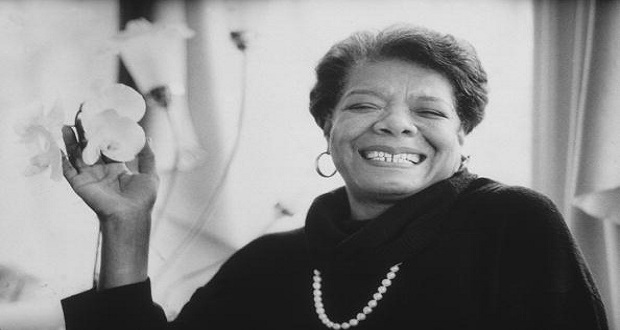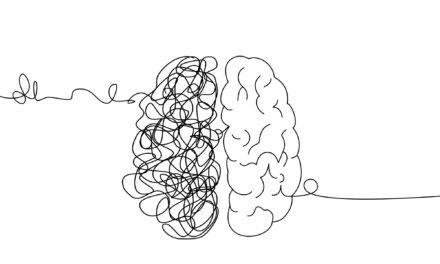
There are now almost as many views of leadership as there are actual leaders. On one hand, the proliferation of leadership theories could stem from knowing that leadership is dynamic, complex and takes multiple forms. But on the other hand, much of what is produced around leadership is just recycled ideas of the same thing. Although lots of different theories of leadership exist, evidenced by the never-ending shelves of leadership books, many of them come down to some version of heroic leadership: the idea that humanity’s “best” people are most equipped to lead “the other.”
Of course, heroic leadership takes many forms whether it is authentic or transformational iterations, but at their root is the notion that various qualities and personality traits are what distinguish great leaders. We see this in our culture’s obsession with charisma, extroversion, confidence, vision and assertiveness. If you need a pop-culture reference to heroic leadership look no further than the several films dedicated to Steve Jobs (which I plan on seeing over the weekend). What I am proposing in this post is an alternative view of leadership that is less hierarchical, broad, flexible, experiential, contextual and open to change—one that is more democratic.
Many have connected our culture’s ideas of heroic leadership all the way back to the philosopher Plato’s notion of the philosopher-king: individuals who were wise beyond the masses. To illustrate Plato’s ideal leader he uses the analogy of 4 metals that represent the various qualities of individuals—some being made of lesser material like bronze or silver while the great leaders are cut from gold. This is not too far off from the way we talk about the qualities—or metals—that make up our best leaders today. In advocating for a more democratic view of leadership, I am not denying that there are certain leadership qualities that stand out over others—especially given contemporary culture and the nature of business. But all leadership theories have their own unique challenges or “dark sides.”
Several potential problems come to mind when we think about distinguishing leaders based on various personality traits or strengths. One, there is an assumption that, like extroversion, you either have it or you don’t. This also implies that leadership can’t be taught or grown—or if it can, only to certain degrees. Second, transformational views of leadership can solidify unhealthy uses of power—something that is rarely talked about in leadership conversations. Organizational hierarchies, job titles, and fancy corner offices already communicate something about power differences in businesses, so adding another layer of qualities like charisma can sometimes add to the walls that already exist between “leader” and “follower.” It’s hard to argue someone is a poor leader if they can woo a crowd or inspire people to action—regardless of the nature of the action. And lastly, heroic leadership overlooks, and fails to reward, all of the more “mundane” acts of leadership in the organization that many people participate in regardless of rank. There are obviously lots of circumstances where the flow of leadership moves from team member to manager and not vice versa. This happens when more introverted folks are given space for their ideas to take shape or when other more critical employees step in to stop an otherwise disastrous decision. My point is that if the heart of leadership is influencing someone for good—this happens in lots of ways, from lots of people, and in lots of contexts. It happens democratically.


















